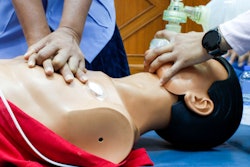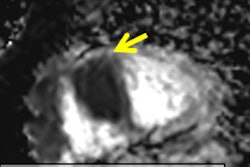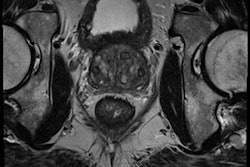Dear AuntMinnieEurope Member,
Are the radiographers in your department trained in basic life support? Are they qualified in, and confident about, performing cardiopulmonary resuscitation? Maybe not, judging by the findings of a new Portuguese survey.
The study reveals an alarming shortage of essential life-support skills among radiographers in two hospitals in the south of Portugal. Admittedly, the sample size was small and the problem may be an isolated one, but the authors strongly recommend more hands-on training and giving a higher priority to this subject in radiographers' education. Get the full story in our CT Community, or by clicking here.
Reliable and objective information about the emerging field of advanced visualization is in short supply, so you won't want to miss a report from Danish-born analyst Ulrik Kristensen, PhD. He spoke with experts and vendors during ECR 2018 and has written about how this fast-changing sector is developing. Go to the Advanced Visualization Community, or click here.
An important study about changes in the average size of breast tumors was reported at last week's European Breast Cancer Conference in Barcelona, Spain. U.K. researchers have scrutinized more than 350,000 women from the 1980s onward. They categorized the women by age and tumor size, and the team found that tumor size has increased. We also have comments about the study from Dr. Elisabetta Giannotti, a radiologist in Nottingham, U.K. Visit our Women's Imaging Community, or click here.
The safety of contrast agents remains a controversial topic so new guidelines from the European Society of Urogenital Radiology are most welcome. You can read about them here.
Diffusion-weighted imaging (DWI) has made rapid clinical progress over recent years, and the extent of this progress was underlined by a top award won by Spanish researchers at ECR 2018. The group, led by Dr. Jordi Broncano Cabrero from Córdoba, showed precisely how DWI-MRI can depict the presence of myocardial edema in ischemic and inflammatory heart disease. To learn more, click here.



















